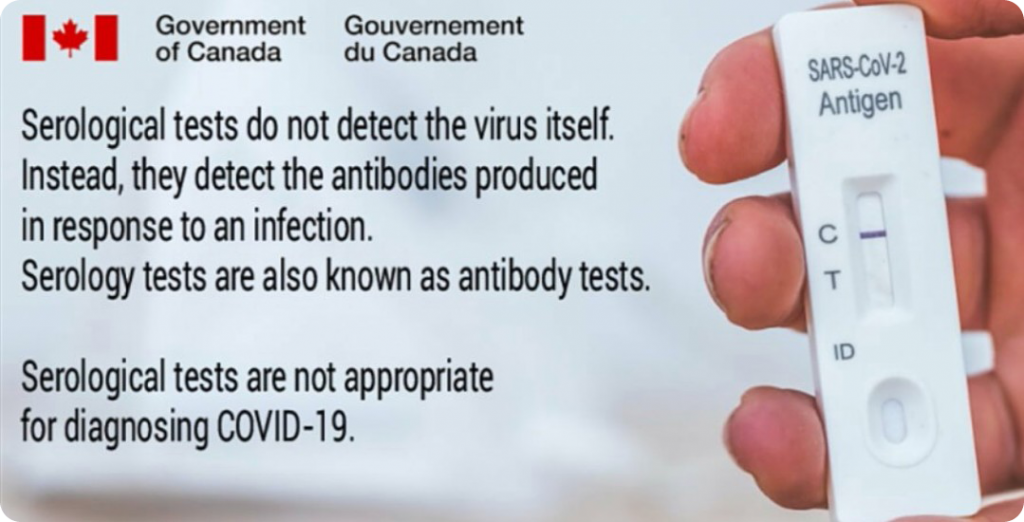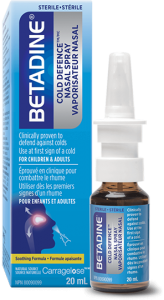
Germany declared war against Canada, the US, the UK and the World on January 31, 2020 during the World Economic Forum (WEF). Germany used the WEF venue to sponsor and direct the COVID-19 biological attack against the World’s civilian population, pursuant to or in furtherance of a State (Germany) and an organizational (World Health Organization/United Nations Organization) policy.
Stated policy/objectives of Germany and the WHO’s COVID-19 biological warfare/war attack:
- obtain “worldwide support of vaccinations”
- force World leaders to invest $billions in vaccines – buy Germany made mRNA vaccines,
- obtain an additional $350 billion annually to fund UN’s Sustainable Development Goals
Germany’s COVID-19 biological warfare (an act of war) objectives were clearly stated January 31, 2020 at the World Economic Forum in Davos when German Chancellor Angela Merkel pledged 600 million euros to fund the COVID-19 biological warfare/war attack.
Justin Trudeau, Chrystia Freeland and provincial premiers were elected to serve Canadian constituents, not to betray Canada and Canadians by assisting an enemy of Canada wage COVID-19 biological warfare, an act of war. Assisting an enemy of Canada wage any form of warfare (armed, biological, nuclear, financial, etc., ) against Canada is and always has been a crime of high treason and treason.
High treason
46 (1) Every one commits high treason who, in Canada,
(b) levies war against Canada or does any act preparatory thereto; or
(c) assists an enemy at war with Canada, … whether or not a state of war exist
Treason
(2) Every one commits treason who, in Canada,
-
(c) conspires with any person to commit high treason or to do anything mentioned in paragraph (a);
-
d) forms an intention to do anything that is high treason or that is mentioned in paragraph (a) and manifests that intention by an overt act; or
There is ample evidence to prove Canada’s WWI and WWII enemy Germany sponsored the Germany and the WHO planned and lead COVID-19 biological warfare attack.
Evidence Exhibit A: Germany’s payment of 600 million euros on January 31, 2020 at Germany’s World Economic Forum. The stated purpose of the funds was for, and I quote,
“It’s an amazing start to what’s going to be a huge year for worldwide support of vaccinations.”
“With 2020 being such an important year for Gavi and the worldwide financing of vaccinations, we’re certainly not going to be stepping back from our efforts any time soon. … in support of Global Goal 3 for health, and to urge world leaders to invest in vaccines.” Global Citizen
It’s important to note and know that January 31, 2020 was Brexit Day – UK officially left the Germany controlled EU. Because of Brexit Germany had no funds to prevent the imminent collapse of the insolvent EU. Many EU states were insolvent and would have defaulted in 2020. Italy alone desperately needed a $572 billion to $801 billion emergency bailout:

So, where did strapped for cash Germany get the funds to sponsor the COVID-19 biological warfare attack?
The Government of Canada’s “Official International Reserves – February 5, 2020” report essentially informed you where Germany obtained the money to finance its COVID-19 biological warfare attack. From Justin Trudeau and German sympathizer/collaborator Chrystia Freeland.
“The Department of Finance Canada announced today that Canada’s official international reserves increased by an amount equivalent to US$1,175 million during January to US$86,472 million. This was driven by reserves management funding operations (US$566 million). … Notes. During January, Canada issued a 5-year US$3 billion global bond”
 The report stated in Notes that the US$566 million was cross-currency swaps. Cross currency swap refers to an agreement between two parties to trade currencies. The parties are essentially loaning each other money.
The report stated in Notes that the US$566 million was cross-currency swaps. Cross currency swap refers to an agreement between two parties to trade currencies. The parties are essentially loaning each other money.
The “Official International Reserves – February 5, 2020” report also stated in Notes that Justin Trudeau and Chrystia Freeland government “issued a 5-year US$3 billion global bond“. A bond is a fixed income instrument that represents a loan made by an investor to a borrower (typically corporate or governmental). A bond could be thought of as an I.O.U. between the lender and borrower that includes the details of the loan and its payments.
Put 2 and 2 together and you and many seasoned investigators would conclude that Justin Trudeau and Chrystia Freeland gave Germany the funds to finance Germany and the WHO’s COVID-19 biological warfare attack.
Throughout Germany and the WHO’s COVID-19 biological warfare/war attack Justin Trudeau, Chrystia Freeland and provincial premiers also violated the Constitution of Canada – the supreme law of Canada. The supreme law of Canada includes Canadians’ guaranteed right to refuse any and all forms of medical treatment & the right to make “reasonable medical choices” without threat of criminal prosecution: R. v. Smith, 2015 SCC 34 at paragraph 18.
The NB government website states medical treatment includes: identifying and responding to an illness (COVID-19 testing), and prevention (such as immunizations). The NB government’s website states, “your rights in New Brunswick” includes the right to:
Screenshot from NB Government’s “Public Legal Education and Information Service of New Brunswick (PLEIS-NB)” website:


Justin Trudeau, Chrystia Freeland and provincial premiers committed medical fraud throughout the Germany and WHO planned and lead COVID-19 biological attack. They misdiagnosed millions of Canadians. They used bogus COVID-19 tests to claim Canadians were infected with SARS-CoV-2, knowing that COVID-19 antibodies tests “don’t detect the virus itself”. The vast majority of COVID-19 tests used by the Canadian, US and UK governments check for antibodies, not for the bioengineered SARS-CoV-2.
“Your body makes antibodies after it’s infected by a virus or other infectious agents, or after you receive a vaccination.” Government of Canada
Let me repeat what Justin Trudeau’s “minority government” formally states on an official Government of Canada website – “Your body makes antibodies after you receive a vaccination“. That means COVID-19 vaccines can and are producing false positives for COVID-19.
Furthermore, if serological/antibody test kits do not detect the virus that causes COVID-19 then logically and factually Canadians, Americans, British, Asian, African, and European populations weren’t being tested for COVID-19 and they didn’t test positive for COVID-19.
Moreover, COVID-19 mRNA were designed to elicit antibodies, not prevent SARS-CoV-2 infections. Designed to produce more false positives for COVID-19 so that Germany can continue to make $billions from a vaccine that doesn’t prevent SARS-CoV-2 infections.
“Vaccination not only elicited a more robust immune reaction than natural infection, but the level of neutralizing and anti-RBD antibody binding after vaccination is also significantly higher in pre-immune participants compared to immunologically naïve participants” Center for Vaccines and Immunology, University of Georgia, Athens, GA, United States, Department of Infectious Diseases, University of Georgia, Athens, GA, United States
December 3, 2020 report on website funded by the European Union reported that the manufacturers of Pfizer-BioNtech, Moderna and Astra Zeneca/University of Oxford vaccines falsified data, committed fraud, to obtain FDA approval. The report stated their vaccines don’t prevent SARS-CoV-2 infections:
“the biggest drawback of the (COVID-19) candidate vaccines concocted and manufactured by Pfizer-BioNtech, Moderna and Astra Zeneca/University of Oxford is that they do not prevent individuals from being infected with SARS-COV-2. A vaccine against SARS-COV-2 is supposed to prevent SARS-COV-2 infections and not just the symptoms of the diseases that it causes. The candidate vaccines do not prevent SARS-COV-2 infections” Europen Commission investigative report
NSICOP warned Canadians in 2019 that foreign states are actively engaging in activities that pose a significant threat to the rights and freedoms of Canadians and to the sovereignty of Canada. Justin Trudeau redacted the state of Germany from the NSICOP 2019 annual report on its investigation of foreign state interference. Justin Trudeau did that to assist Germany (Canada’s WWI and WWII enemy) continue its espionage and sabotage activities in Canada so that Germany and its collaborators (the WHO, the World Economic Forum, Bill Gates, Event 201 players, Chrystia Freeland …) can meet their objectives.
Screenshot from NSICOP 2019 Annual Report. *** indicates Justin Trudeau redaction:





 The report stated in Notes that the US$566 million was cross-currency swaps. Cross currency swap refers to an agreement between two parties to trade currencies. The parties are essentially loaning each other money.
The report stated in Notes that the US$566 million was cross-currency swaps. Cross currency swap refers to an agreement between two parties to trade currencies. The parties are essentially loaning each other money.



















